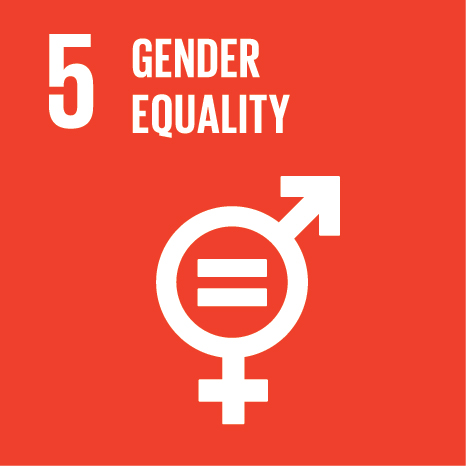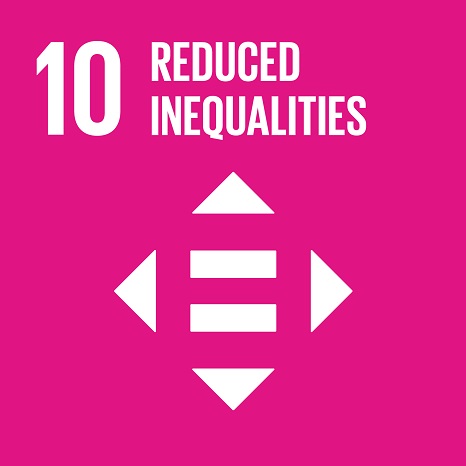Ciência_Iscte
Publications
Publication Detailed Description
The roles of culture, gender norms, and sexual orientation in intimate partner violence: Psychosocial variables associated with IPV in a Portuguese sample
Journal Title
Couple and Family Psychology: Research and Practice
Year (definitive publication)
2024
Language
English
Country
United States of America
More Information
Web of Science®
Scopus
Google Scholar
This publication is not indexed in Google Scholar
This publication is not indexed in Overton
Abstract
Intimate partner violence (IPV) has been recognized as a threat to the well-being of women and men in different-sex and same-sex relationships worldwide. Research on this topic has been increasing, but more information on the variables associated with IPV may improve responses to IPV prevention and intervention. With this study, we aim to analyze the relationship between psychosocial variables and frequency of IPV, in potential male and female victims in different-sex and same-sex relationships. Three hundred four participants (232 women—76.3%; 72 men—23.7%) were recruited via an online survey, and inquired on sociodemographic data, suffered violence using the Conflict Tactics Scale-2 (CTS-2), and psychosocial variables (e.g., familiar isolation, self-esteem, selfblame, dependence). Overall, higher frequency of violence was associated with higher family and social isolation for both female and male participants. For female participants, a model that considers both sociodemographic variables and psychosocial ones (e.g., social isolation, submission, dependence) best predicted frequency of experienced violence (R2 = 33.1%). For males, only three psychosocial variables predicted experienced violence (e.g., social and familiar isolation, and submission), and retained more explicative power (R2 = 41.3%). No significant differences were found in the victimization between victims in different-sex and same-sex relationships, but family isolation was higher in same-sex relationships. Our findings shed light on relevant variables and their potential contribution to explain the frequency of violence among male and female participants, in different and same-sex relationships. Future prevention and treatment interventions could be improved by taking into consideration the relevance of these variables.
Acknowledgements
--
Keywords
Intimate partner violence,Gender,Psychosocial determinants,Sexual orientation,Same-sex intimate partner violence
Fields of Science and Technology Classification
- Psychology - Social Sciences
Contributions to the Sustainable Development Goals of the United Nations
With the objective to increase the research activity directed towards the achievement of the United Nations 2030 Sustainable Development Goals, the possibility of associating scientific publications with the Sustainable Development Goals is now available in Ciência_Iscte. These are the Sustainable Development Goals identified by the author(s) for this publication. For more detailed information on the Sustainable Development Goals, click here.

 Português
Português




